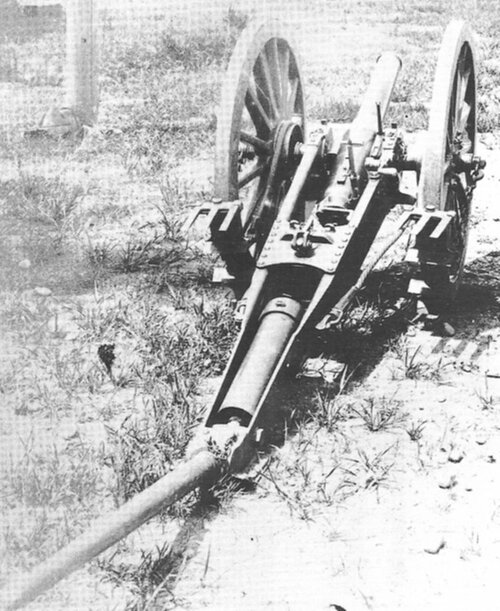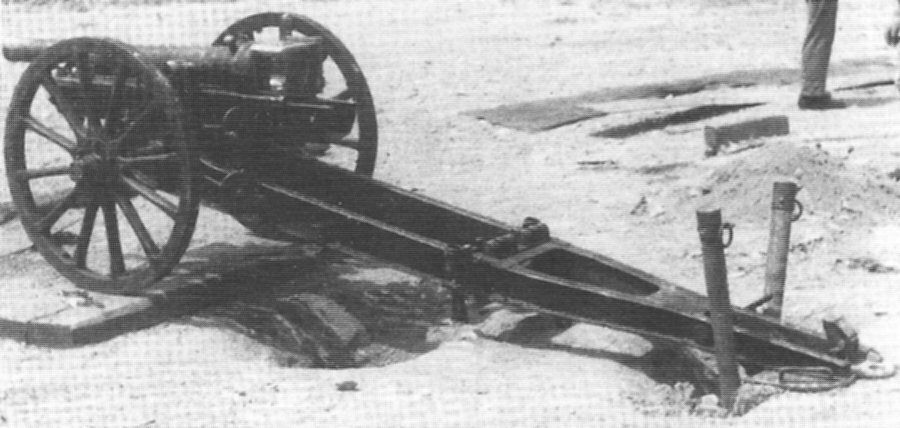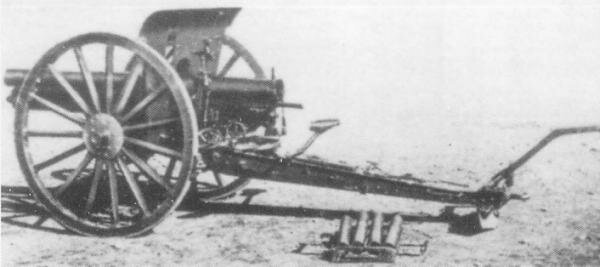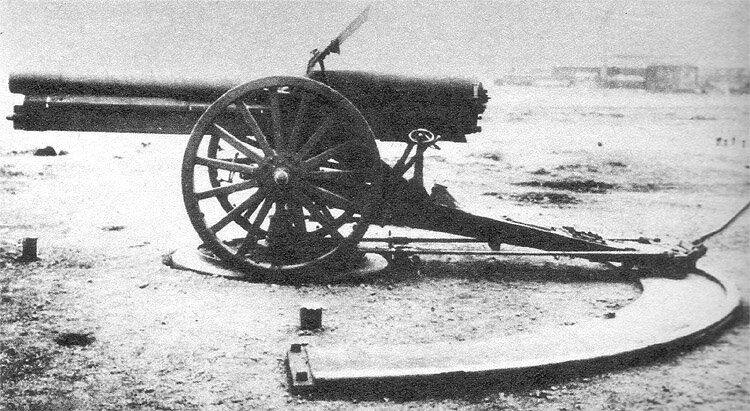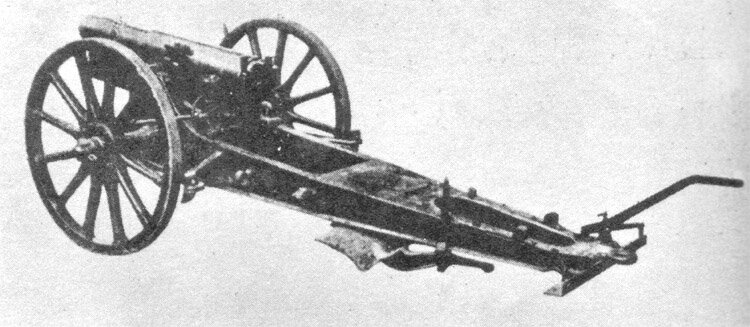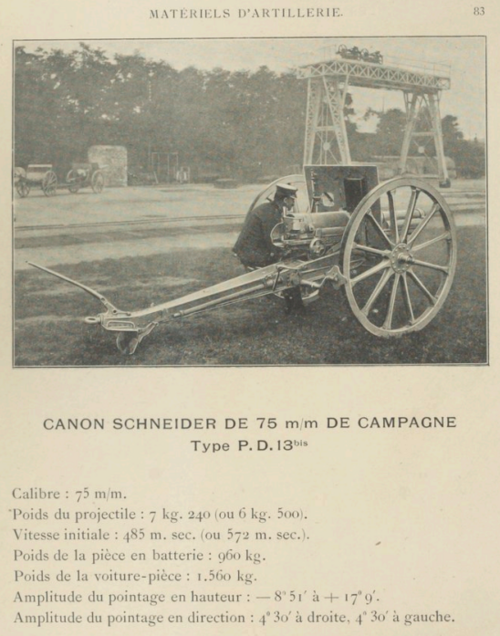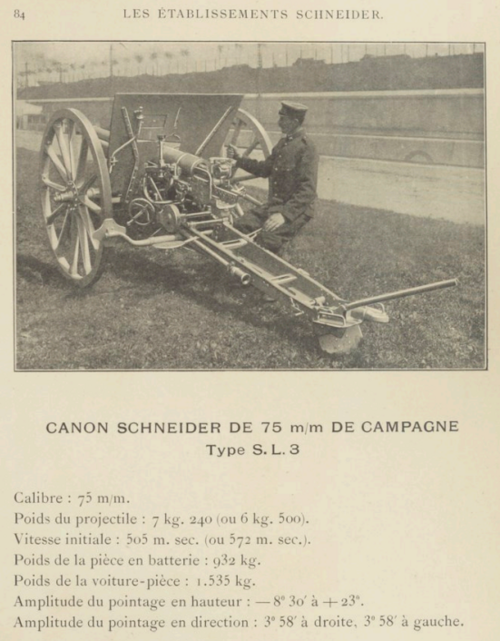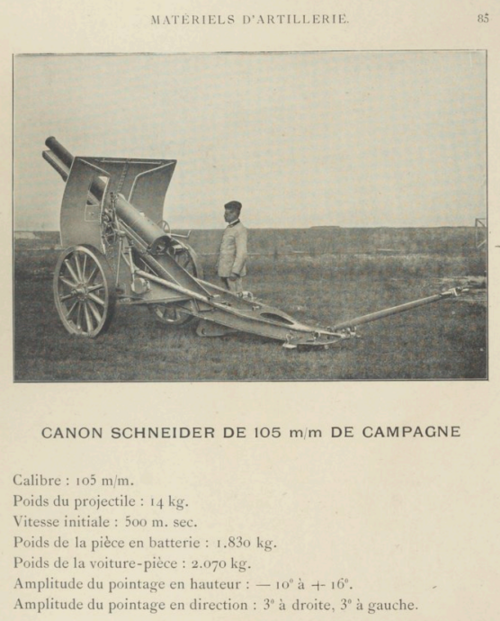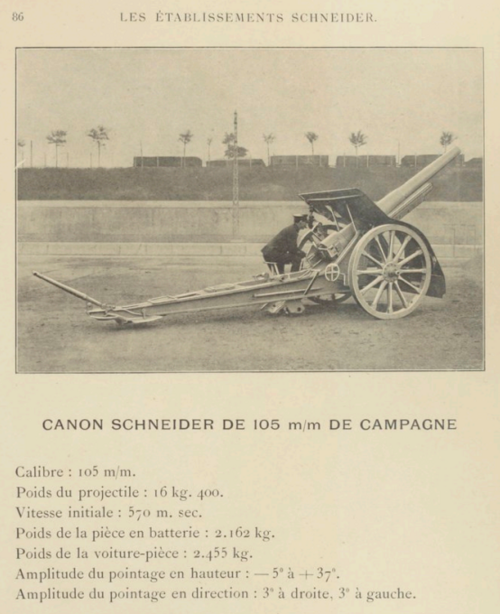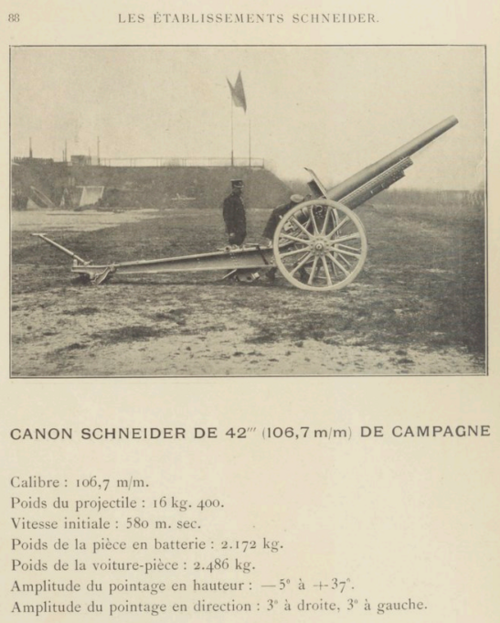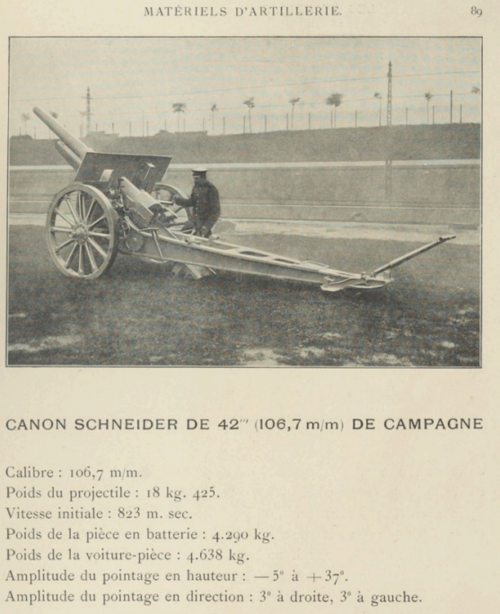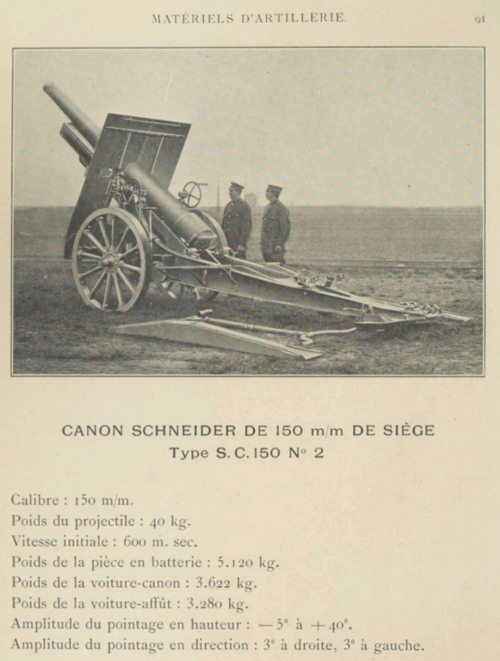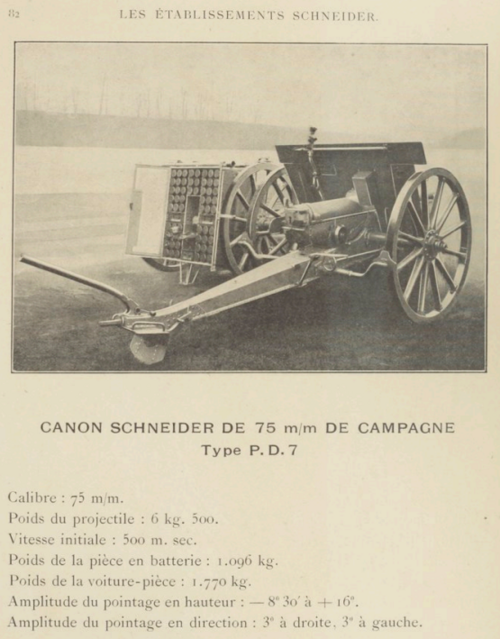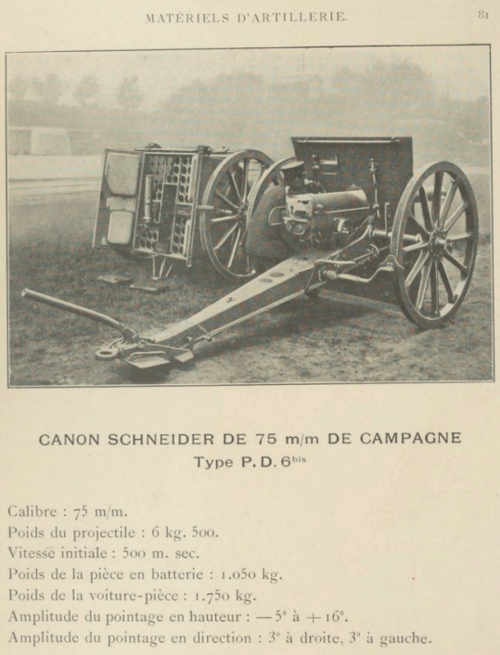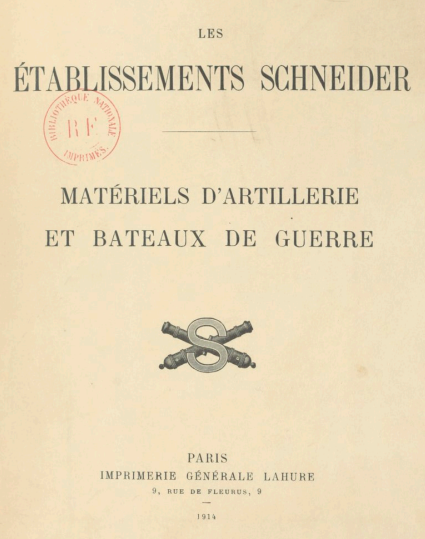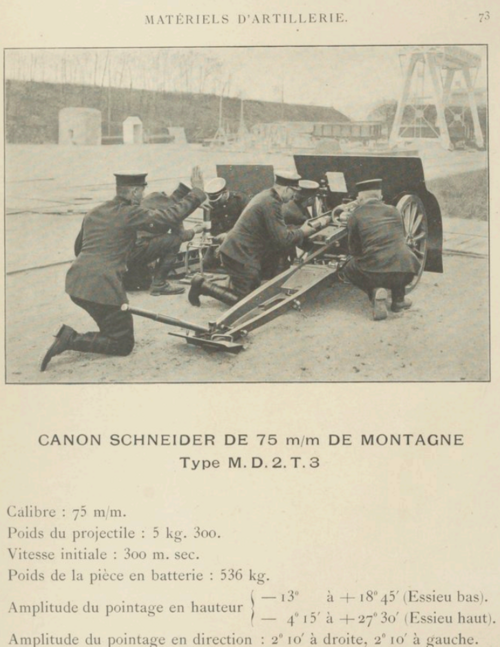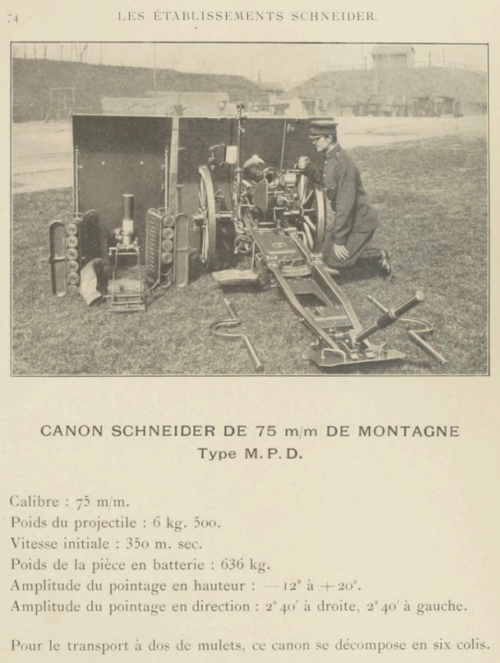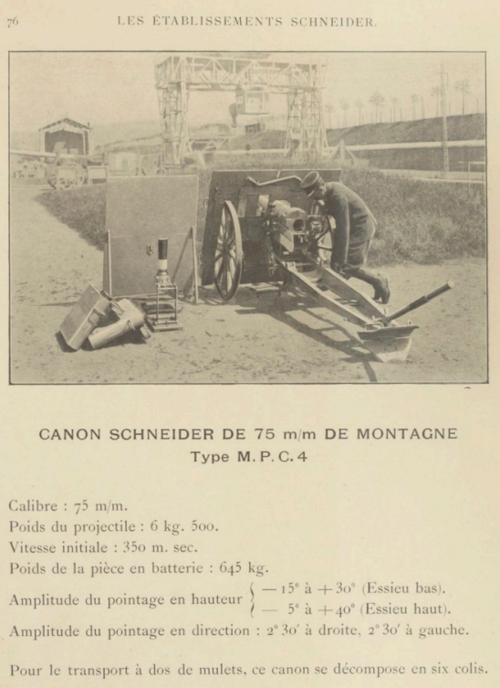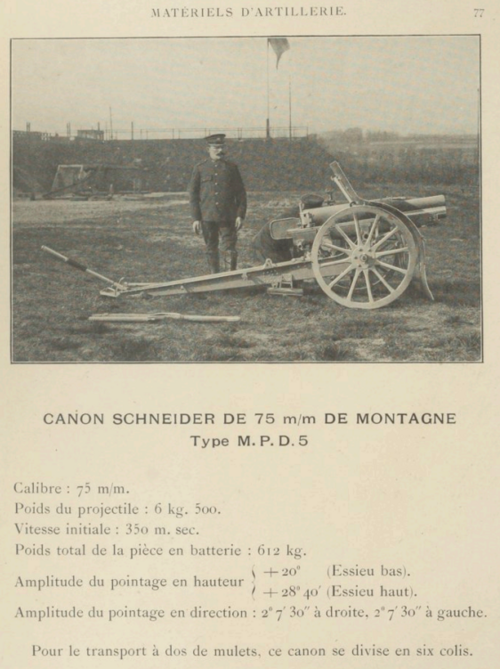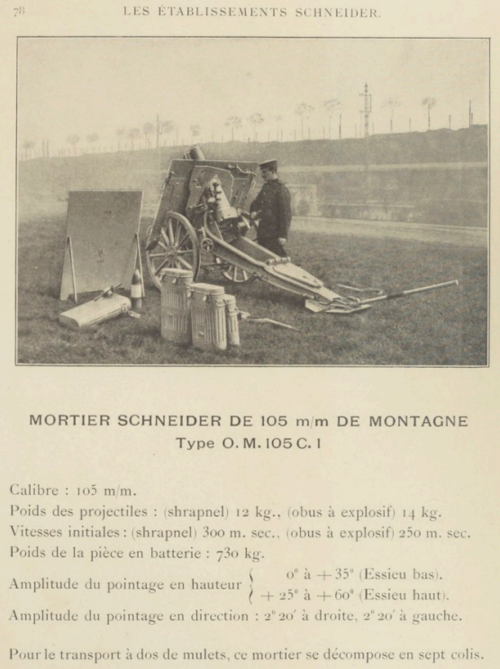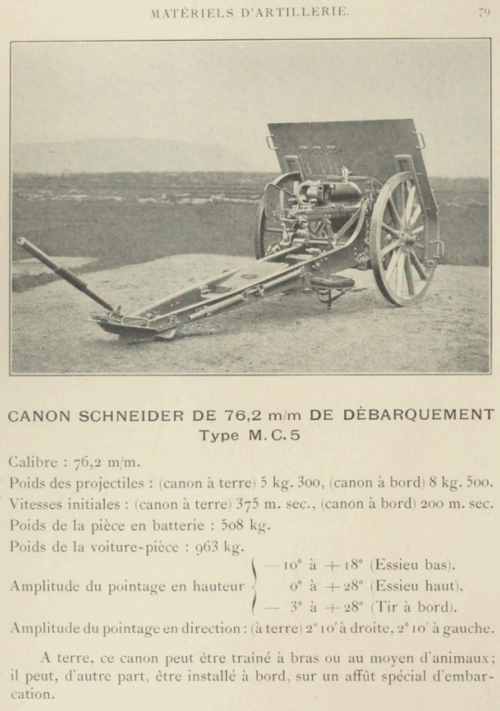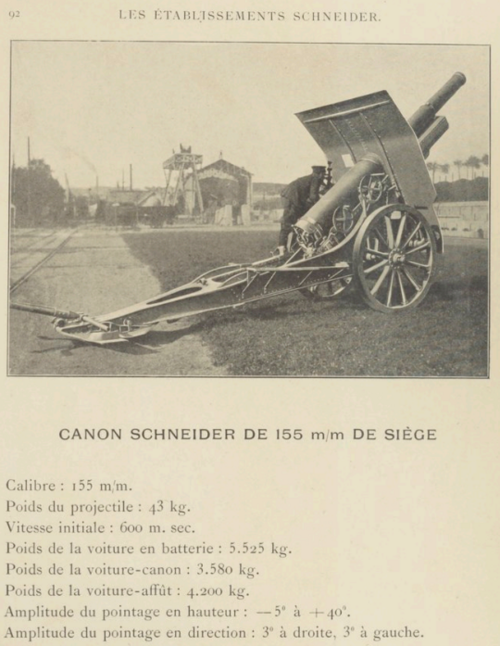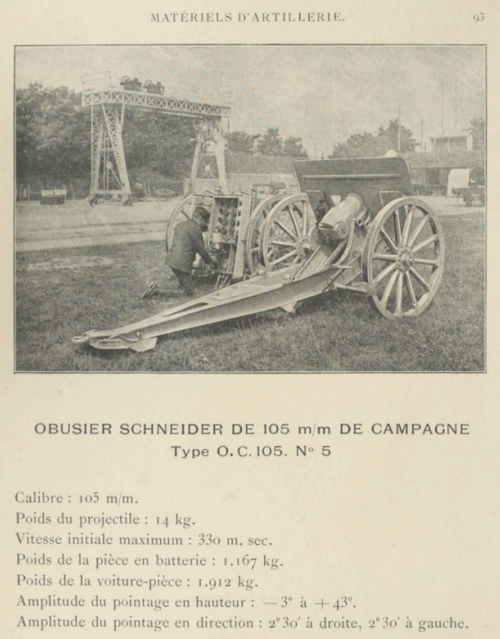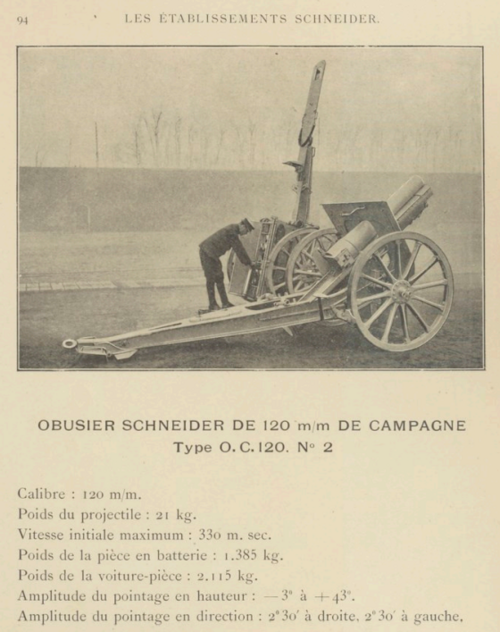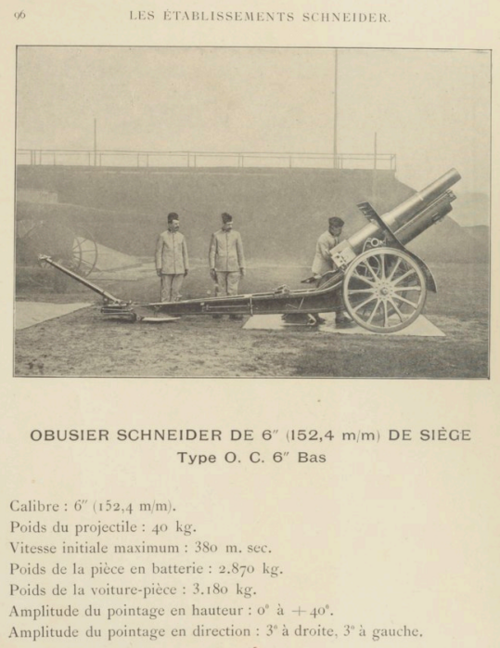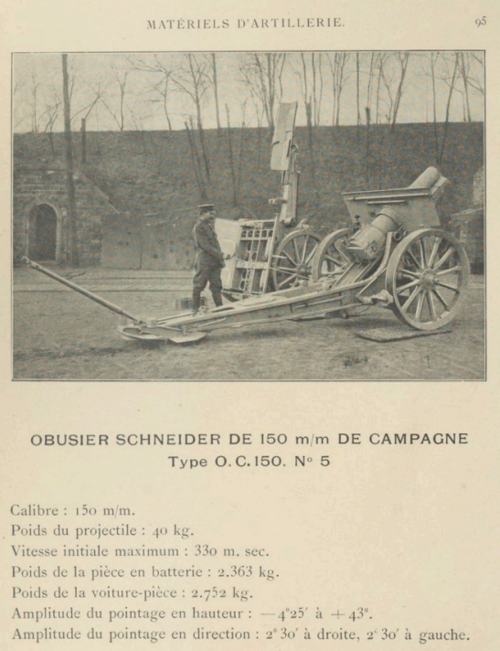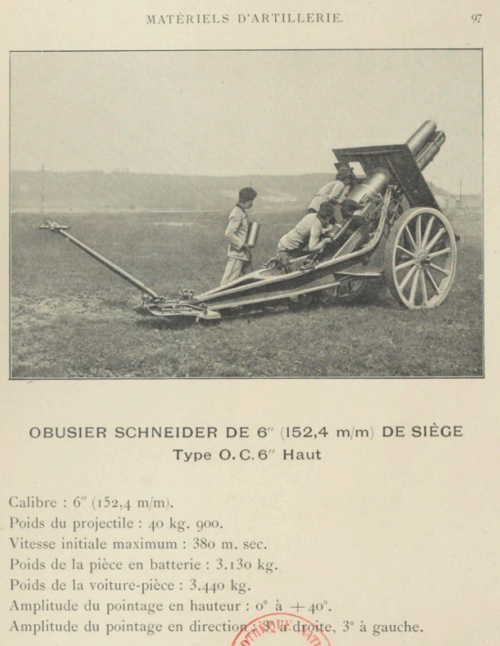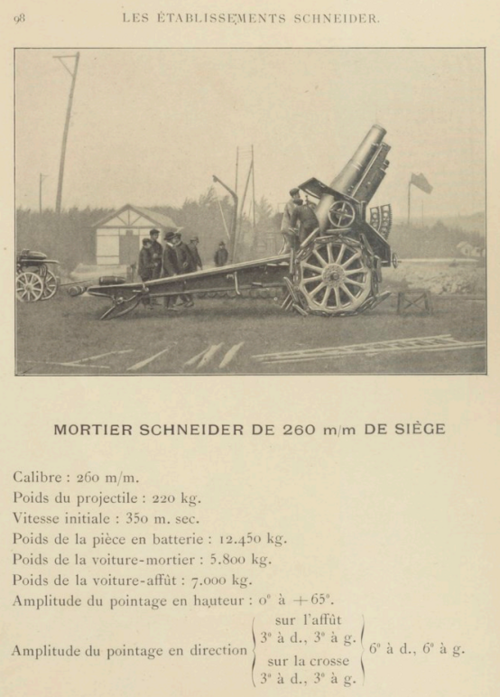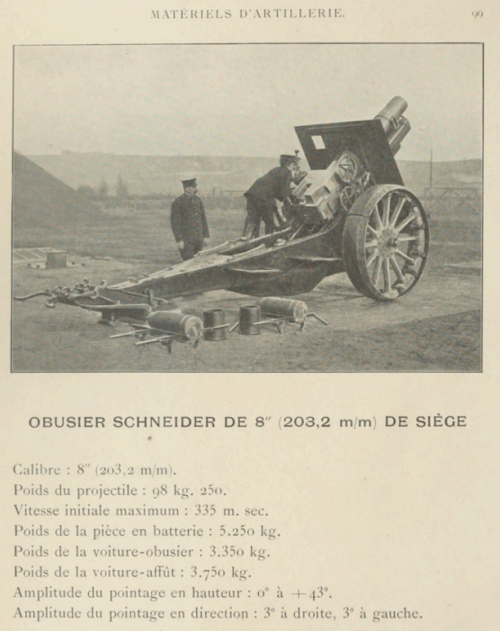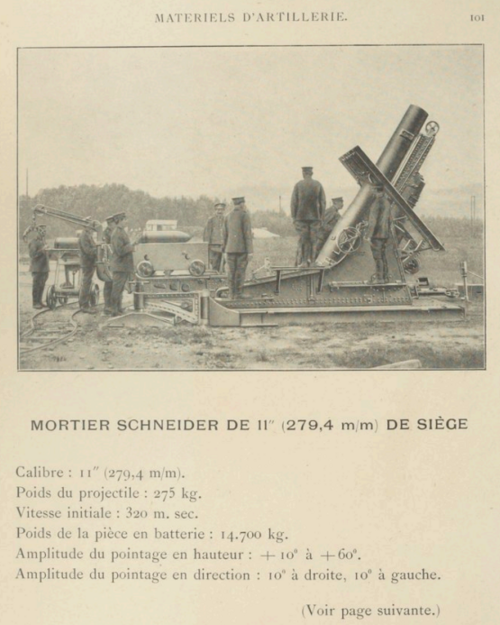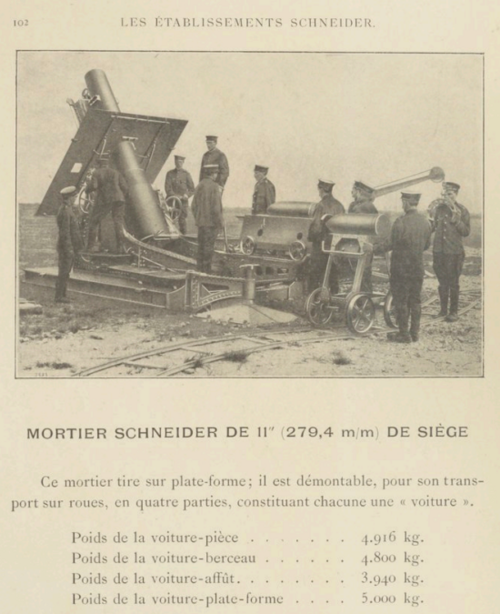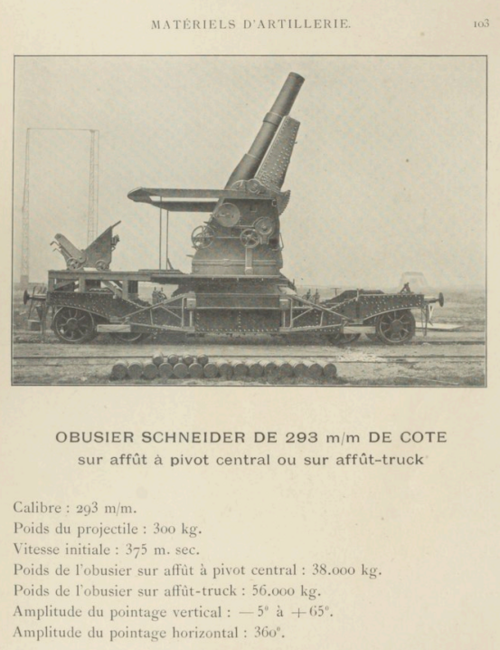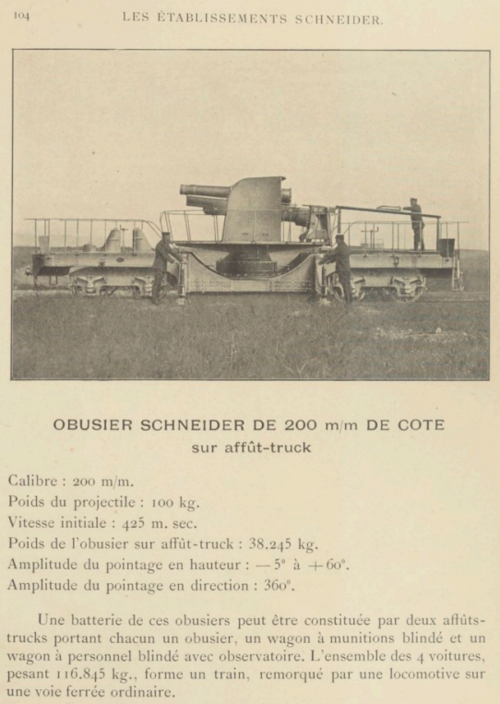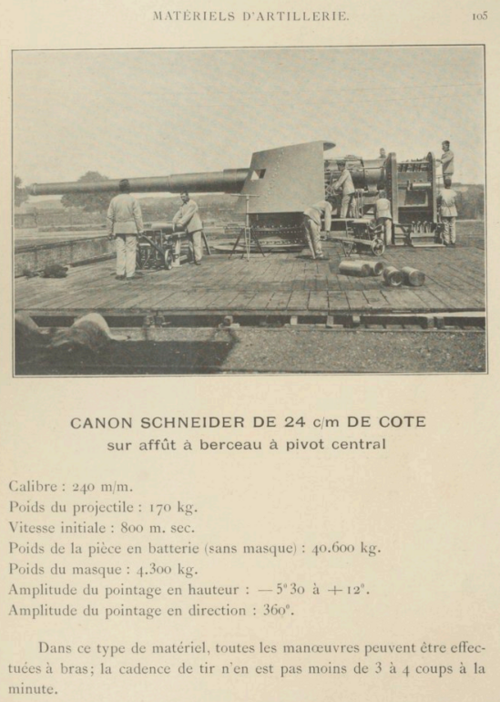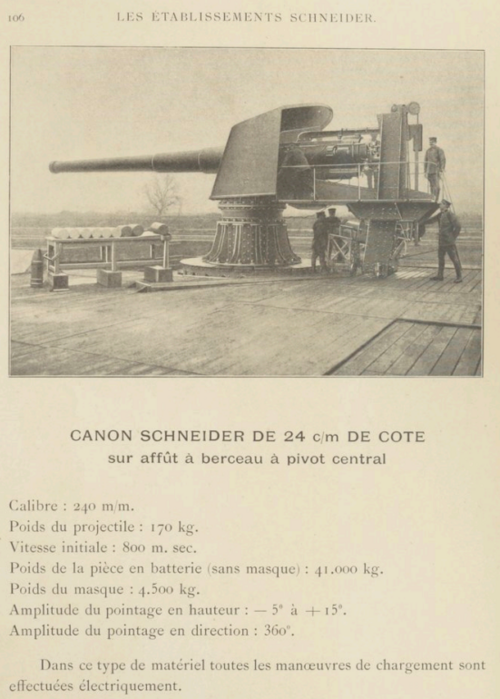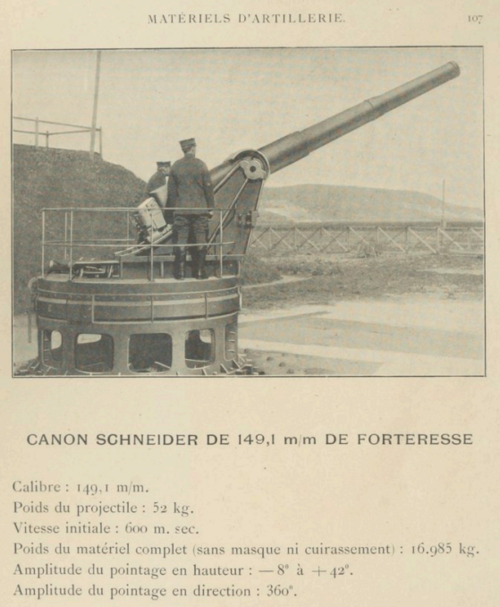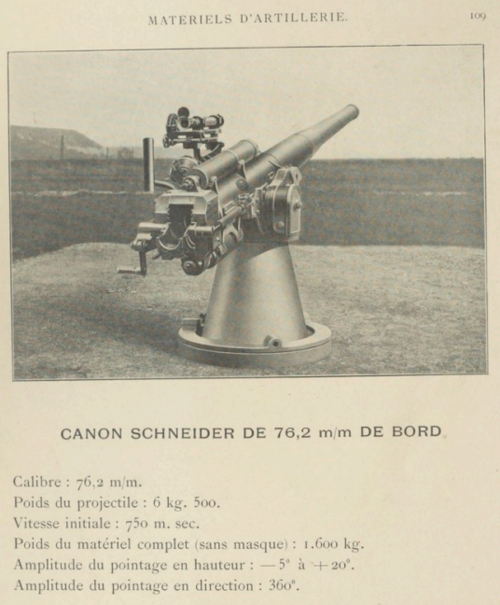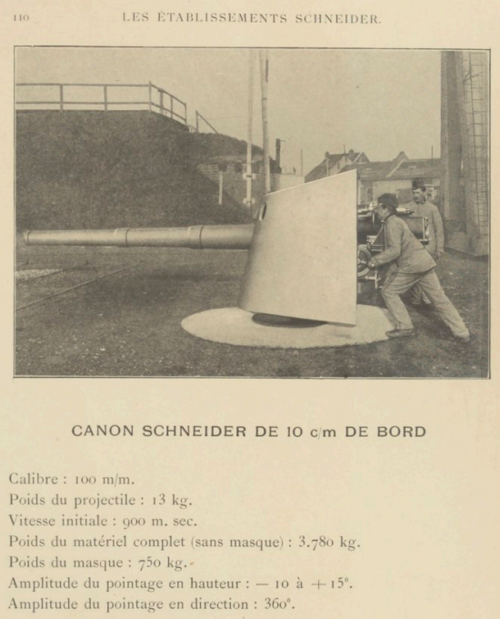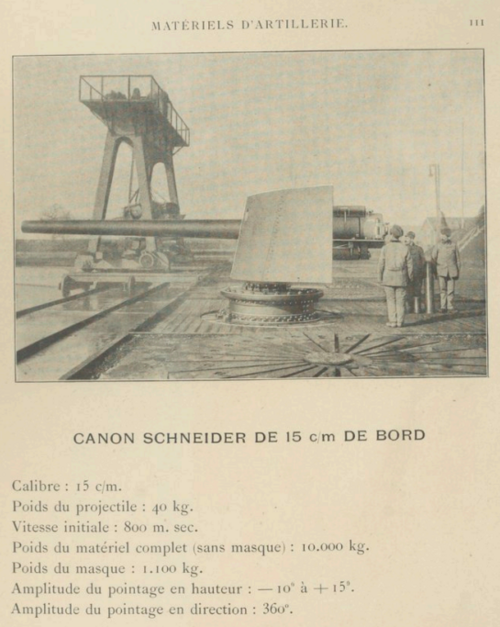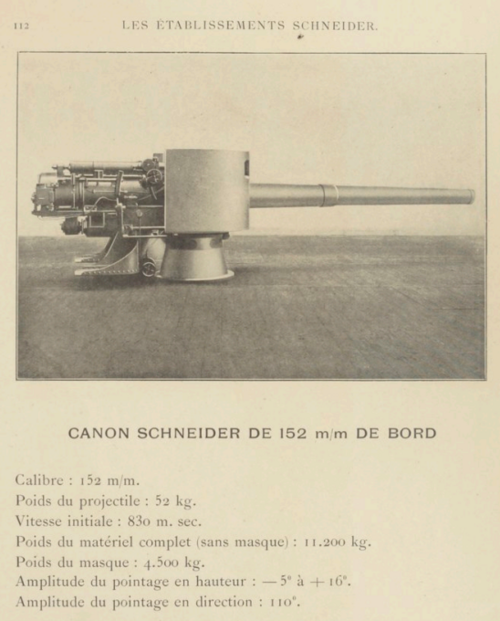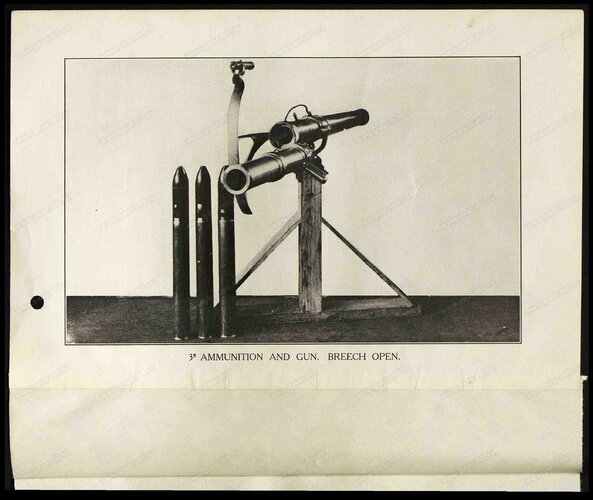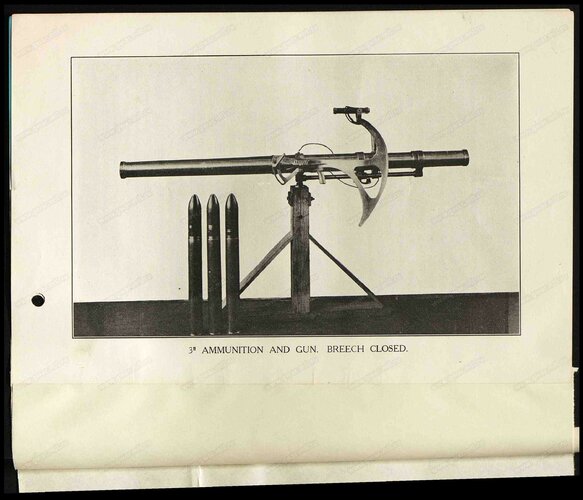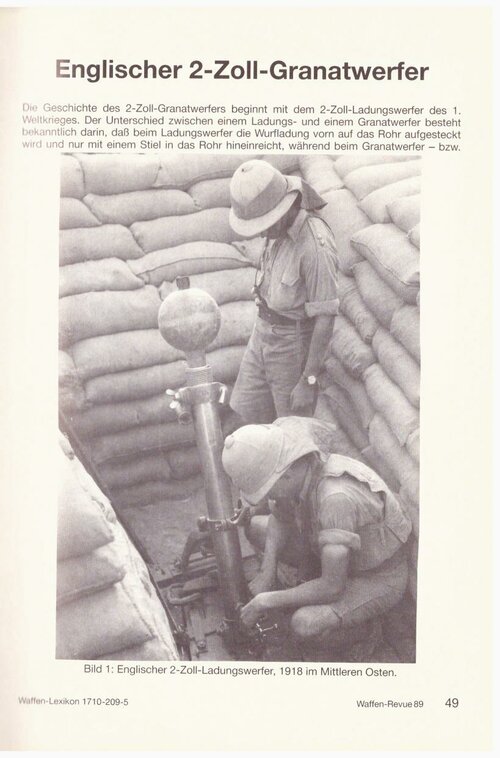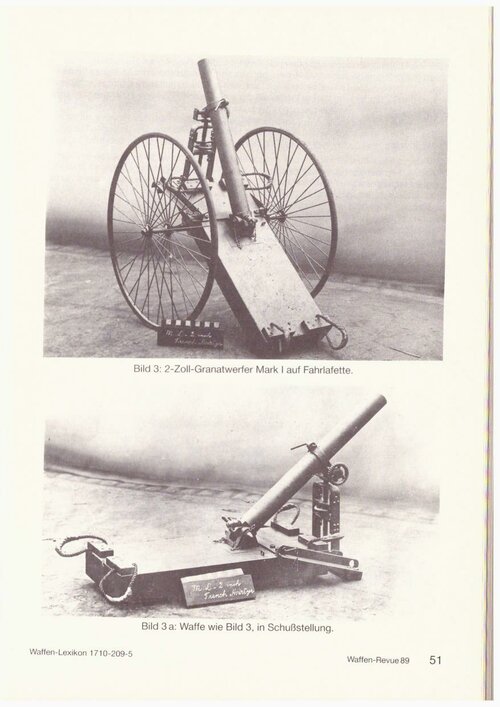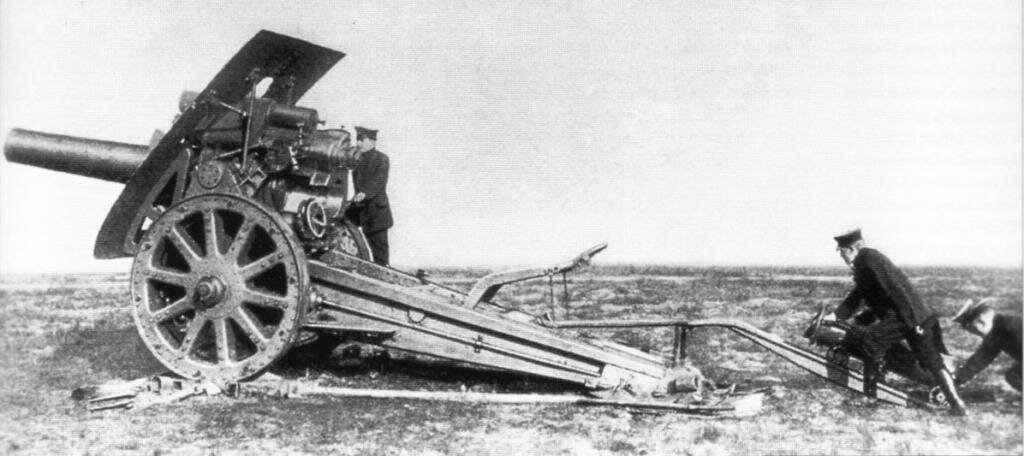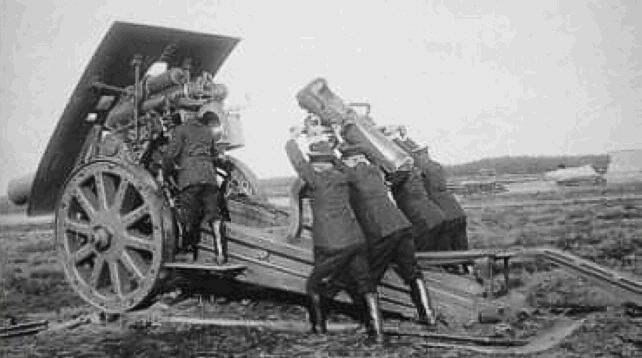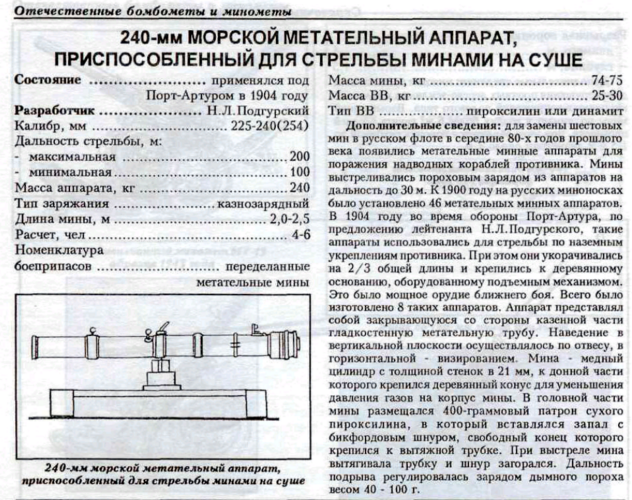More Russian projects and proposals, period after the Russo-Turkish War of 1877-1878, mortars:
Part I, 2.5 - 6 inches:
2.5-inch (63.5 mm) mortar - ammunition from a 2.5-inch mountain gun (cast iron fragmentation grenade and grapeshot), range of 1.5-2 versta (1.6-2.13 km). The mortar is mounted on a pallet, the breech is wedge-shaped. For short distances, the mortar is carried on a special stretcher by two people, for longer distances, the mortar is transported on a two-wheeled cart. The mortar was intended for fortresses and siege "parks".
In the early 1890s, a prototype of a 2.5-inch mortar with a new barrel, immediately adapted for smokeless powder, range of about 2.5 versta (2.67 km), Bange breech.
3.425-inch (87 mm) mortar - ammunition from field guns (shell weight 16-20 Russian pounds, 6.55-8.19 kg), range 3-3.5 versta (3.2-3.73 km). The mortar was quite versatile, intended for fortress, siege, rifle (for rifle brigades in Siberia and Turkestan - this is how Central Asia, controlled by Russia, was called in Russia at that time), field and mountain artillery. Formally, the mortar was accepted into service, but in 1897 it was decided not to produce it.
4.2-inch (107 mm) light mortar - for fortress, rifle (for Siberia and Turkestan) and mountain artillery. The increased caliber, in theory, allowed to better fight against fortifications in Turkestan in the event of an uprising (these territories at that time were not yet completely subordinated to Russia). The experimental mountain mortar weighed about 200 kg without a carriage, and had a range of about 2 versta (2.13 km). The experimental fortress mortar was more powerful and had a range of about 4.5 versta (4.8 km) using brown powder. Due to low ballistics, 30-pound / 12.29-kg projectiles from field guns were not used, but lighter ones weighing about 10 kg.
4.2-inch field mortar L / 15 - something like a light howitzer, firing range of about 5.5 versta (5.87 km), carriage like the 87-mm gun mod. 1895. Transportation was carried out by six horses. Grand Duke Mikhail Nikolaevich wanted each division to have these guns in the fourth battery, then this would be 32 guns per corps of 2 divisions. In 1897, a prototype was manufactured with a range of about 6 versta (6.4 km), with recoil devices similar to the 76 mm gun model 1900.
4.8-inch (122 mm) mortar - projectile weight 1 pood / 16.38 kg, range about 4 versta (4.27 km). The mortar was intended for mountain artillery, Siberia, Turkestan and the Caucasus, the total requirement was more than 200 guns - but their production was abandoned.
6-inch (152 mm) field mortar - the only serial gun, was produced since 1883 or 1885, since 1895 the gun received a new carriage. The firing range for black powder was about 4 versta (4.27 km), for smokeless powder about 3.5 versta (3.73 km). At the same time, a new barrel for smokeless powder was developed, the firing range was about 5 versta (5.33 km), the Bange breech was used - but, for unknown reasons, the new barrel did not go into production, mortars continued to be produced in the 1890s and 1900s with the old barrel. It was supposed to have 12, 16 or 18 guns in each army corps.
6-inch fortress and siege mortar - also known as a 6-inch gun of 70 poods (barrel and breech 1147 kg), used two types of shells - for field warfare light 2-pood (32.76 kg) mortar with a range of about 6.5 versta (6.93 km), for siege warfare heavy 2.5-pood (40.95 kg) cannon with a range of about 6 versta (6.4 km). In this case, recoil devices were to be used like the Canet naval guns. Mortar regiments were to be armed with these guns, in fact, it was to be a good field and siege howitzer for that time, similar to the German 15 cm sFH 93 in ballistics, but much more rapid-fire. But something "strange" happened - instead of re-equipping 30 batteries (180 guns), the allocated money was spent on modernizing the hopelessly outdated bronze mortars of the 1867 model.
6-inch long-range mortar - something like a heavy howitzer, with a high (for a mortar) load on the projectile, it was supposed to use ammunition from 6-inch guns of 120 and 190 poods.
It was assumed that the "mortar regiment" would have the following composition options:
- 4 6-gun batteries with 6-inch guns of 70 poods, a total of 24 6-inch guns
- 2 6-gun batteries with 6-inch guns of 70 poods, 1 6-gun battery with 42-linear (107 mm) guns (it is known that a project was developed for the L/40 gun for smokeless powder and with recoil devices like the 75 mm Canet gun) and 1 4-gun battery with 8-inch (203 mm) mortars of 70 poods (I think, new mortars, not the old model 1877), a total of 12 6-inch guns, 6 42-linear guns and 4 8-inch mortars, a total of 22 guns
- 3 6-gun batteries with 6-inch guns of 70 poods, 1 6-gun battery with 42-line guns and 1 4-gun battery with 8-inch mortars of 70 poods, a total of 18 6-inch guns, 6 42-line guns and 4 8-inch mortars, a total of 28 guns.
- 2 6-gun batteries with 6-inch guns of 70 poods, 2 6-gun battery with 42-line guns and 1 4-gun battery with 8-inch mortars of 70 poods, a total of 12 6-inch guns, 12 42-line guns and 4 8-inch mortars, a total of 28 guns.






